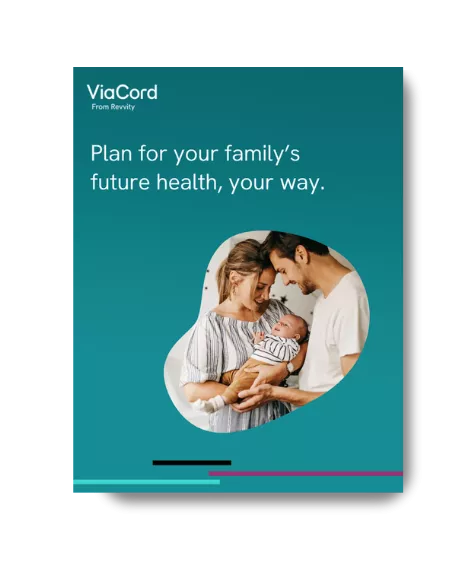As a child, September brings the feeling of a new year. Heading back to school to reconnect with friends (even if over Zoom this year) and anticipating all the fun-filled activities that come with the fall season! September is also Childhood Cancer Awareness Month – a time to recognize the children and families affected by childhood cancers and to help raise awareness of the importance of supporting research on childhood cancers, so that someday in the future all children are healthy enough to experience September as it’s meant to be.
A Little Bit About Childhood Cancer....
Childhood cancer is not one disease – there are more than 12 major types of pediatric cancers. 1
-------
Approximately 1 in 285 children in the U.S. will be diagnosed with cancer before their 20th birthday. 2
-------
Each day, 43 kids in the U.S. are expected to be diagnosed with cancer. 3
-------
Globally there are more than 300,000 children diagnosed with cancer each year.1
-------
Cancer remains the most common cause of death by disease for children in the United States. 1
Combating Childhood Cancer with Research
As the leading cause of death from disease among children in the U.S., researchers and scientists are committed to learning more about childhood cancer and working to find a cure. Research efforts have been underway for more than half-a-century and progress has been made in terms of survival rates 4, but research efforts do face challenges.
Some challenges include:
Childhood cancers represent less than 1% of all new cases of cancer diagnosed in the United States each year.5
-------
The causes of most childhood cancers are unknown.5
-------
The types of cancers children develop, and the biology of those cancers, generally differ from those of cancers diagnosed in adults.5
For researchers to continue their amazing work, it’s important during Childhood Cancer Awareness Month that we come together to help spread awareness, share knowledge, and show support for research on childhood cancers.
Recognizing Children and Families Affected by Childhood Cancers
For decades, stem cells have played a life-saving role in the treatment of kids with cancer. At ViaCord we’ve seen, firsthand, how cord blood stem cells can change a family’s life when used in a transplant. One of the many ViaCord families who have used their banked cord blood in a transplant for their child, they Byrd family, was kind enough to share their experience. Today, we’d like to share their story…
Tami Byrd’s first son was diagnosed with a rare blood disorder at 4 years old. Five months later her second son was born. The Byrd Family banked their baby’s cord blood and used it in a transplant to help treat her first son’s cancer. Watch their story below.
All month long we’ll be raising awareness on our blog and Facebook page. Follow ViaCord on Facebook to stay informed!
Disclaimer: Banking cord blood does not guarantee that treatment will work and only a doctor can determine when it can be used. Cord tissue stem cells are not approved for use in treatment, but research is ongoing. PerkinElmer and ViaCord do not endorse or make recommendations with respect to research, medications or treatment. All information is provided for informational purposes only.
References:
1. American Cancer Society, Childhood and Adolescent Cancer Statistics, 2014
https://www.cancer.org/content/dam/cancer-org/research/cancer-facts-and-statistics/annual-cancer-facts-and-figures/2014/special-section-cancer-in-children-and-adolescents-cancer-facts-and-figures-2014.pdf
2. 2. American Childhood Cancer Foundation
https://www.acco.org/us-childhood-cancer-statistics/
3. 3. National Pediatric Cancer Foundation
https://nationalpcf.org/facts-about-childhood-cancer/
4. 4. O'Leary M, Krailo M, Anderson JR, Reaman GH; Children's Oncology Group. Progress in childhood cancer: 50 years of research collaboration, a report from the Children's Oncology Group. Semin Oncol. 2008;35(5):484-493.doi:10.1053/j.seminoncol.2008.07.008
https://www.ncbi.nlm.nih.gov/pmc/articles/PMC2702720/
5. 5. National Cancer Institute
https://www.cancer.gov/research/areas/childhood











